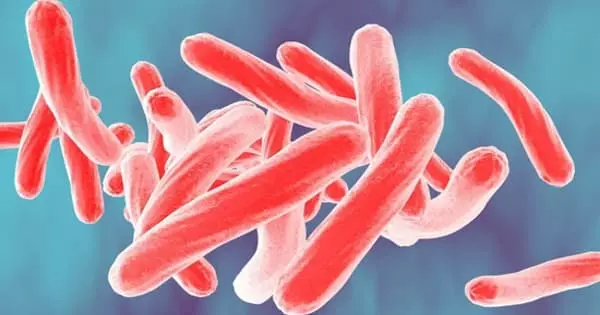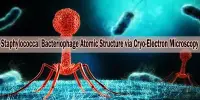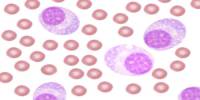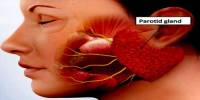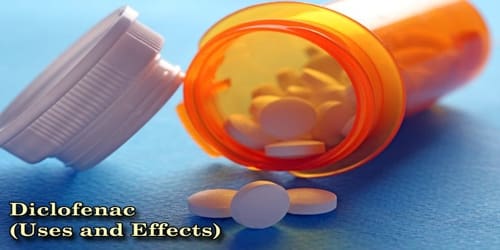A team of microbiologists from Goethe University Frankfurt, lead by Professor Volker Müller, identified the uncommon enzyme hydrogen-dependent CO2 reductase HDCR in a bacteria that enjoys being hot (thermophilic) in 2013.
Gaseous hydrogen (H2) and carbon dioxide (CO2) are converted into formic acid (formate), and during this process, the hydrogen transfers electrons to the carbon dioxide. This makes the HDCR the first known enzyme that can use hydrogen in this manner.
All previously identified enzymes that create formic acid, however, take a different route. They get their electrons from soluble cellular electron transfer agents, which, in turn, get their electrons from the hydrogen with the aid of further enzymes.
Thermoanaerobacter kivui is a bacterium that can survive without oxygen, such as in deep water, and it uses CO2 and hydrogen to create cellular energy. Thermoanaerobacter kivui’s HDCR is made up of four protein modules: two tiny modules containing iron and sulfur, one that divides hydrogen, and one that makes formic acid.
“It was already clear to us after our discovery that it had to be the two small subunits that transfer the electrons from one module to the other,” says Müller. In 2016, researchers observed that the enzyme forms long filaments.
Müller: “We could see how important this structure was from the fact that filament formation massively stimulates enzyme activity.”
The team from Goethe University Frankfurt has now created a molecular close-up of the enzyme in collaboration with Dr. Jan Schuller’s team from the University of Marburg and the LOEWE Centre for Synthetic Microbiology. Schuller’s team has succeeded in identifying the HDCR structure at atomic resolution by analysis of cryo-electron microscopy data.
The two small HDCR subunits, which are arranged together to form a kind of nanowire with thousands of electron-conducting iron atoms, make up the backbone of the long filaments, which the enzyme forms under experimental conditions in the laboratory (in vitro). This allowed for the detailed observation of these long filaments.
The hydrogen concentrations in the ecosystem of these bacteria are low, and, in addition, the CO2 and H2 concentrations can switch. The formation of filaments and bundling not only substantially increase the concentration of these enzymes in the cell. The thousands of electron-conducting iron atoms in this ‘nanowire’ can also store the electrons from hydrogen oxidation intermediately when even just one hydrogen bubble passes by the bacteria.
Professor Volker Müller
“This is the only enzymatically decorated nanowire discovered so far. On this wire, the hydrogenase module and the formate dehydrogenase module sit like mushroom heads on a cable,” explains Schuller.
At the Goethe University Frankfurt, Helge Dietrich, a doctorate student working with Volker Müller, examined a genetic alteration of the tiny modules that stopped HDCR filaments from developing. The end effect was that the filament was much more active than the component parts or monomers.
Inside bacterial cells, enzyme monomers also organize themselves into filamentous forms. Cryo-electron tomography was used by structural cell biologist Professor Ben Engel from the University of Basel and his team to make this discovery.
Using this cutting-edge technique, the researchers discovered something special: “Hundreds of filaments bundle together to form ring-shaped superstructures. These structures are really striking we informally call them ‘portals’,” explains Engel.
The bundles cover practically the whole width of the bacterial cell and are obviously fixed in its inner membrane.
Dr. Ricardo Righetto, senior scientist in Ben Engel’s team, analyzed the structure of HDCR filaments within the native bacteria:
“Cryo-electron tomography allows us to directly look inside cells at very high resolution. Using this approach, we were really surprised to not only confirm the occurrence of HDCR filaments in the cells but to find they form large bundles attached to membrane.”
This structure explains why the HDCR enzyme produces formic acid as a “liquid organic hydrogen carrier” from hydrogen and CO2 (cf. background information) orders of magnitude more efficiently than all chemical catalysts and far better than all known enzymes.
Volker Müller: “The hydrogen concentrations in the ecosystem of these bacteria are low, and, in addition, the CO2 and H2 concentrations can switch. The formation of filaments and bundling not only substantially increase the concentration of these enzymes in the cell. The thousands of electron-conducting iron atoms in this ‘nanowire’ can also store the electrons from hydrogen oxidation intermediately when even just one hydrogen bubble passes by the bacteria.”
The group is convinced that despite the structure’s atomic clarity, not all of the HDCR enzyme’s mysteries have yet been resolved.
Jan Schuller says: “We don’t yet know how the wire stores the electrons, why filament formation stimulates enzymatic activity so intensively, or how the bundles are anchored in the membrane. We’re working on these research questions.”
But the HDCR’s future could be very exciting, believes Volker Müller: “Perhaps one day we’ll be able to produce synthetic nanowires which we can use to capture CO2 from the atmosphere. We’re also a step closer now to biological hydrogen storage.”

